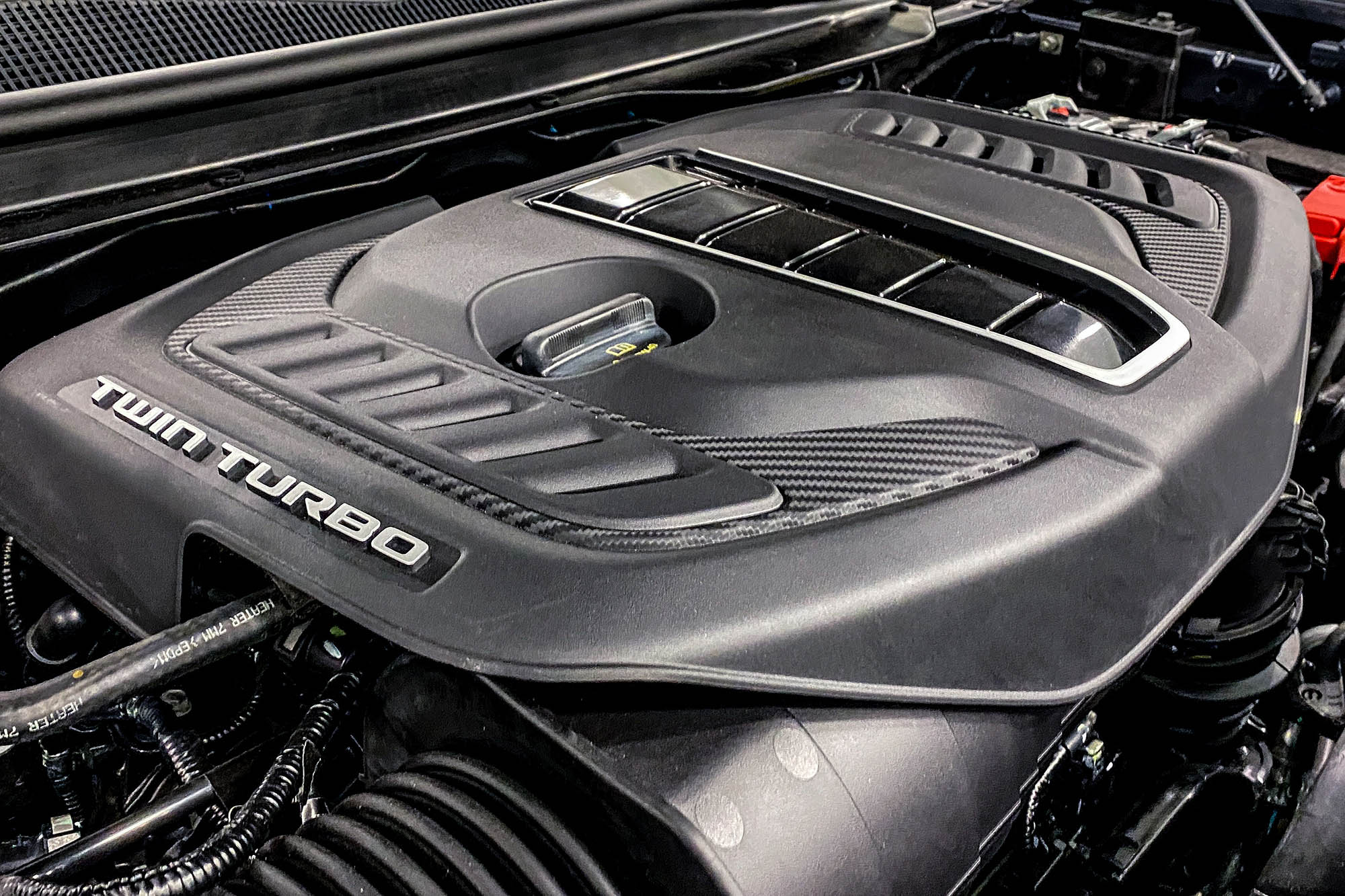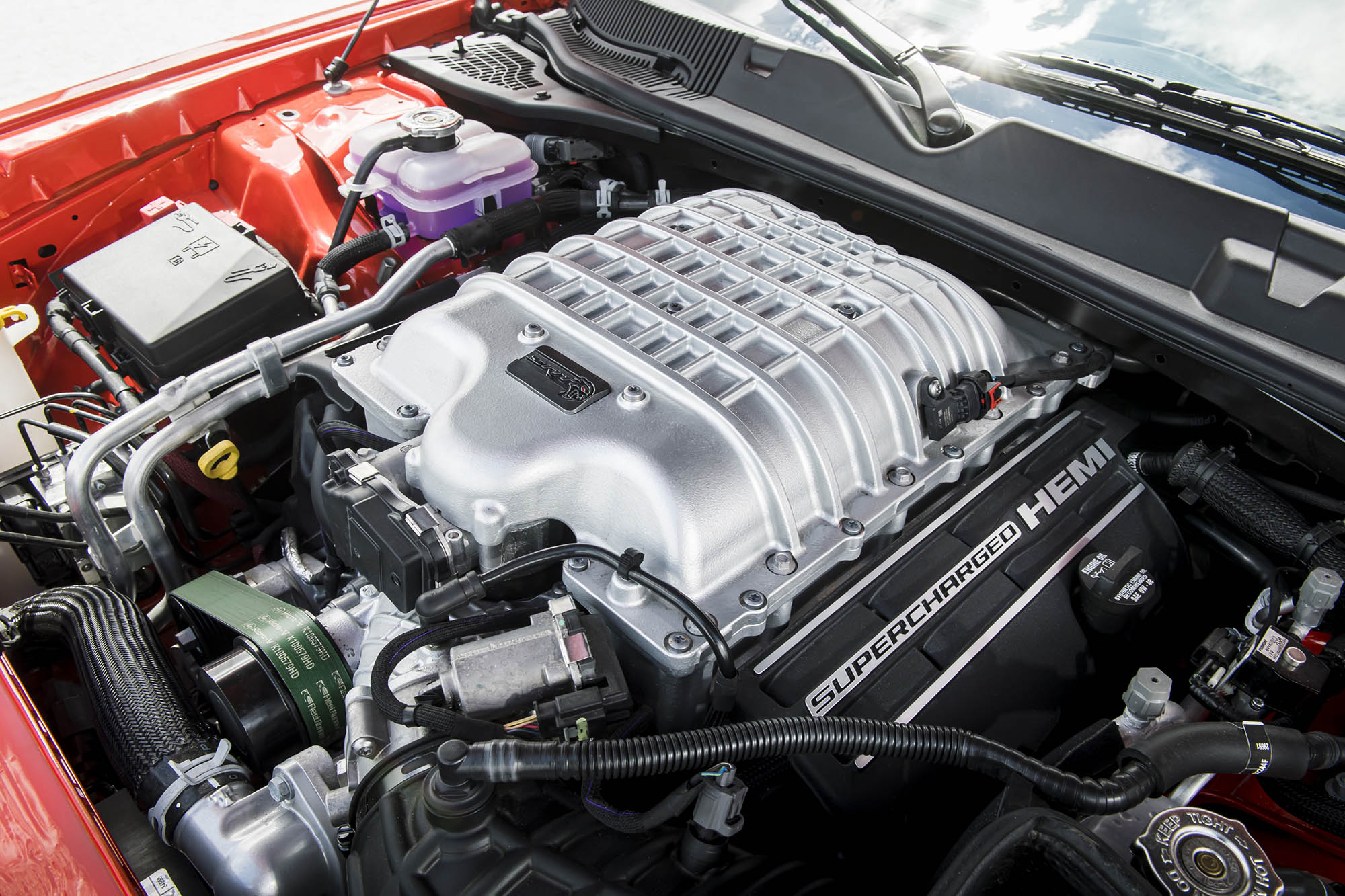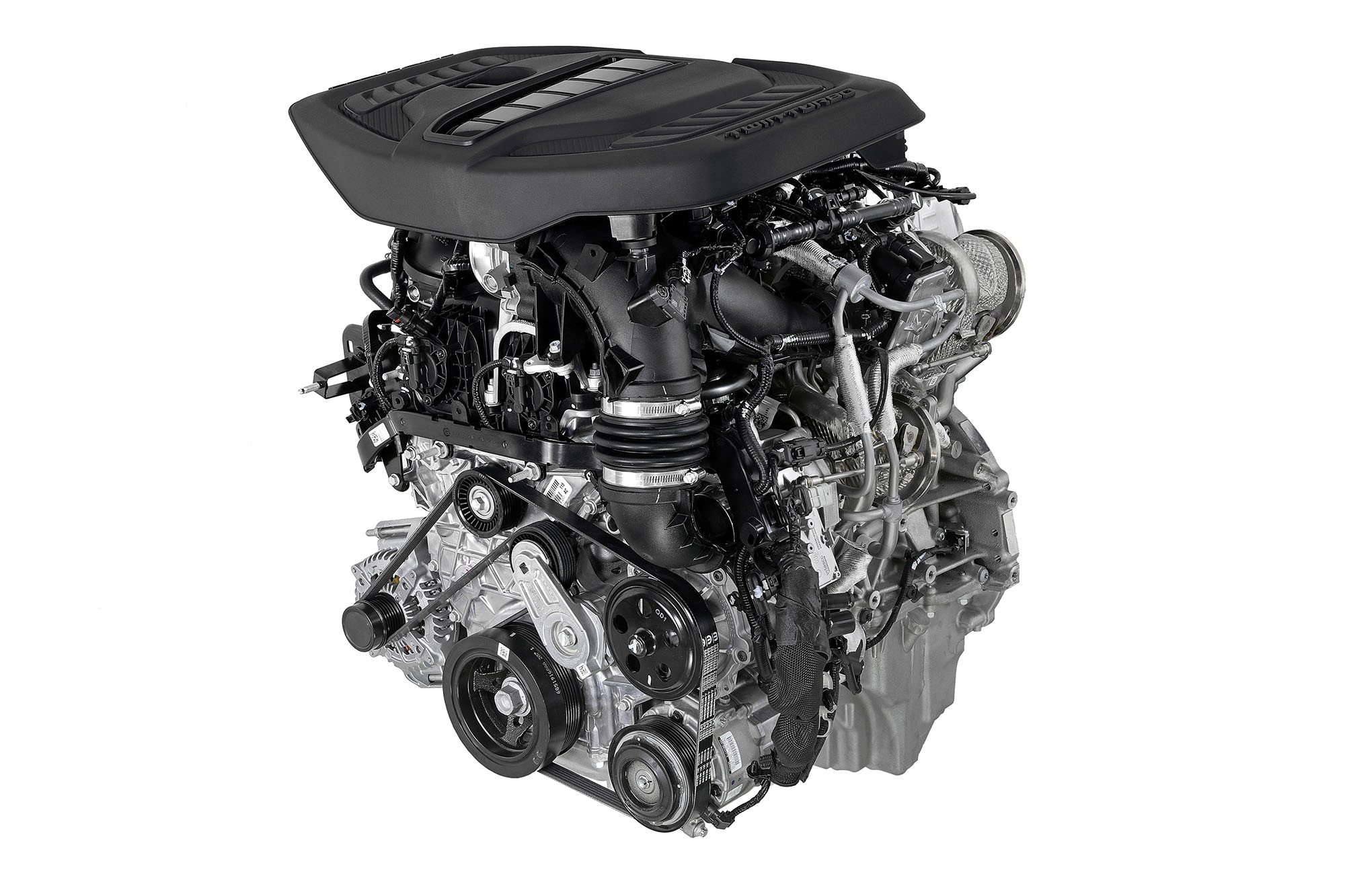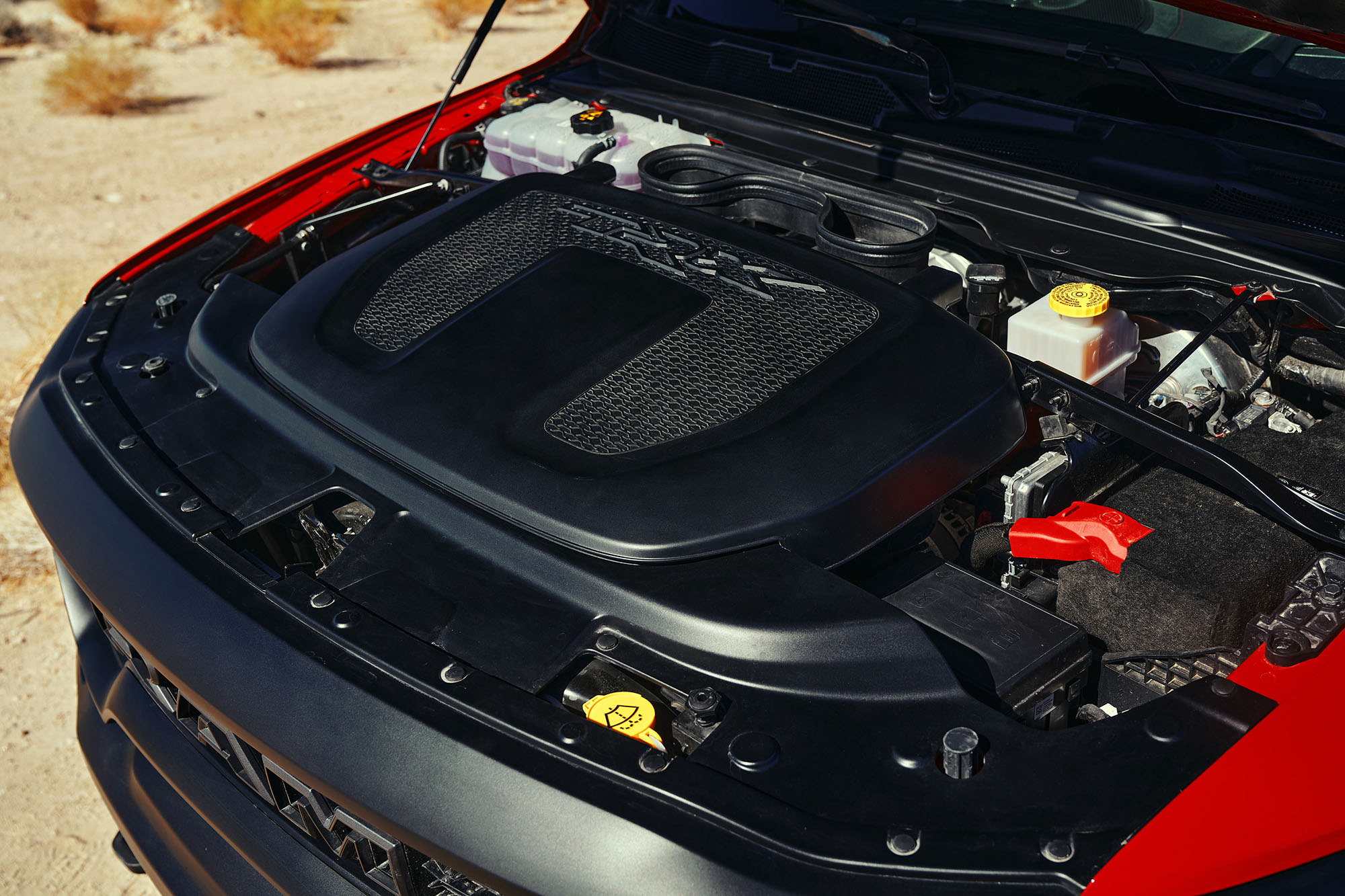Changing Winds: What to Know About Jeep and Ram's Hurricane Engine
A turbo inline-six is blowing in to make converts out of die-hard Hemi V8 fans.
 Jeep
Jeep
The resurrected Hemi engine name has been an effective branding tool for Jeep, Dodge, Chrysler, and Ram for almost two decades, reviving a passion among the V8 faithful that recalls the golden era of the muscle car. The realities of the modern market, however, have seen the Hemi relegated to the back bench, as a greater percentage of new models eliminate this eight-cylinder option.
 Dodge
Dodge
The Move Away From V8 Engines
A sea change is underway at Stellantis as the Jeep, Ram, and Dodge brands' parent company moves away from Hemi V8 engines. Although some heavy-duty pickup trucks, such as the Ram 2500, will retain eight-cylinder options, vaunted muscle machines such as the Dodge Charger sedan and the Dodge Challenger coupe were retired in 2023 in favor of non-V8 replacements.
Plug-in hybrid and battery-electric versions of the Ram 1500 full-size pickup truck are on their way, along with electric muscle cars to replace the Charger. In the interim, Stellantis could only keep the Hemi V8 line of engines compliant with emissions regulations with significant investment.
Instead of pouring more money into older tech, the company elected for a clean-sheet engine design: an inline six-cylinder configuration marketed as the Hurricane Twin Turbo I6. Compared to the Hemi V8s, the new engine is more efficient and produces fewer greenhouse gasses. It's also a better fit for the company's next-generation vehicle platforms, including those that feature electrification.
It's also worth noting that the 3.0-liter turbodiesel V6 once offered in Ram 1500 trucks has been discontinued for the 2024 model year.
 Jeep
Jeep
The Hurricane Engine Explained
The six-cylinder Hurricane engine displaces 3.0 liters and features a pair of turbochargers. Borrowing its name from a classic Jeep motor, the modern edition comes in various tunes intended to pull duty in a wide range of Jeep and Ram models. Two versions are available: a Standard Output (SO) version making 420 horsepower and 468 pound-feet of torque and a High Output version (HO) that ups the figures to 510 horsepower and 500 lb-ft of torque.
In developing the new Hurricane engine family, Stellantis engineers used the latest technologies to deliver less emissions yet plenty of power and torque. This included a pair of turbochargers — one per three cylinders — for quicker throttle response, high-pressure direct fuel injection, and an engine-mounted water-to-air charge cooler. All Hurricane engines are mated to an eight-speed automatic transmission.
 Ram
Ram
Comparing the Hurricane With the Hemi V8
The Hurricane SO is standard in the 2024 Jeep Wagoneer, and the more upscale Grand Wagoneer gets the HO version. Starting in the 2025 Ram 1500, the same engine, with 1 lb-ft more twist than the Wagoneer's Hurricane, will be available as an upgrade over the familiar Pentastar 305-hp 3.6-liter V6.
As a replacement for the Ram 1500's 5.7-liter Hemi V8 with 395 horsepower and 410 lb-ft of torque, the Hurricane delivers an additional 25 horses and 41 lb-ft. The optional Hurricane HO version is rated at 540 horsepower and 521 lb-ft, adding 145 ponies and 111 lb-ft over the V8.
It's worth pointing out that at 12,750 pounds, the V8's maximum towing capacity is greater than the I6 model's 11,580 pounds. Maximum payload remains the same, at 2,300 pounds.
In late 2024,a new Ram 1500 RHO (replacing the TRX off-roader) will join the lineup with the Hurricane HO engine. But it falls short of the old TRX's supercharged 6.2-liter Hemi V8's outrageous 702 horsepower and 650 lb-ft of torque.
As for fuel economy, when the Hurricane I6 was first offered as an alternative to the 5.7-liter Hemi in the 2023 Jeep Wagoneer, the inline-six's 17/24/20 mpg city/highway/combined was a measurable improvement over the eight-cylinder's less efficient 16/22/18 mpg estimates.
Written by humans.
Edited by humans.
 Benjamin Hunting
Benjamin HuntingNearly two decades into his career as an automotive journalist, Benjamin has had his hands greasy, his hair blown back, and his heart broken by more than one project car. In addition to his work at Capital One, he has contributed features and reviews to Motor Trend, Car and Driver, Hagerty, Driving Line, Inside Hook, Super Street, European Car, Roadkill Magazine, Motor 1, The Drive, the Toronto Star, the National Post, Business Insider, NAPA, Autoblog, Automotive News Canada, and AutoGuide. He is also cohost of the Unnamed Automotive Podcast and cocreator of the Code 45 and Dead Air graphic novels. In his spare time, he's a friend to vinyl and enjoys keeping the shiny side up during track days.
Related articles
View more related articles